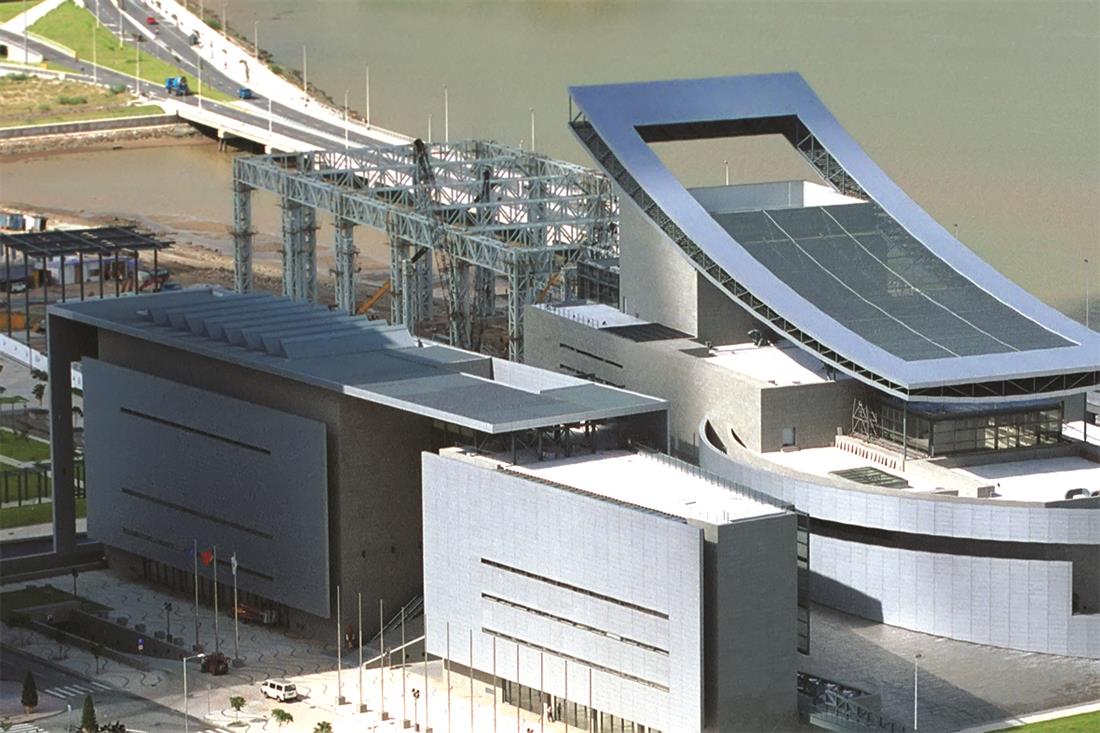Avenida Xian Xing Hai and Macao Sovereignty Transference Ceremony Pavilion
Avenida Xian Xing Hai begins at Rua de Berlim in the north, and extends southwards to Avenida Dr. Sun Yat Sen. It is 450 metres long. Xian Xing Hai was born to a sailor’s family in Macao, where he spent his short childhood. Xian once studied in France. “Yellow River Cantata” was his masterpiece among his works. The Cantata was composed by him and became the Chinese Nation’s most popular song than ever, as it praises the Chinese people for their fighting spirit, reveals an epic scene of the Anti-Japanese War, and creates a heroic image for the Chinese Nation. In commemoration of this great people’s musician, the Macao Government named a road in the New Outer Harbour Area after him, in 2005, which marked the 100th year after his birth.The Macao Sovereignty Transference Ceremony Pavilion was situated in Avenida Xian Xing Hai, next to the Macao Cultural Centre. The Pavilion was used temporarily. It occupied around 6000 square metres, and was 20 metres high. It was designed and built by the famous architect Xian Baifu. The total cost for the construction was MOP 60 million approximately. On 10 February 1999, the Sino-Portuguese Joint Liaison Group reached a consensus regarding the venue of the Macao Sovereignty Transference Ceremony, deciding that a temporary pavilion would be built on a piece of vacant land between the Macao Cultural Centre in the New Outer Harbour Area and the Mandarin Oriental Hotel Macao (Grand Lapa Hotel today). The construction began in May 1999, and was completed before the sovereignty transference took place.
The top and the external walls of the Macao Sovereignty Transference Ceremony Pavilion were built with transparent materials, which made it look like a large Chinese lantern. The inner part of the Pavilion was divided into two sections: the platform and the auditorium. The platform was further divided into two levels: the ground floor and the attic. Both the ground floor and the attic were also divided into two parts, the left and the right from the middle. The auditorium was designed in the staircase style. Multiple auxiliary rooms, reception facilities and the special media area had been set up. The media studio was located behind the auditorium, which was in a straight line with the auditorium. Since the Pavilion was utilised temporarily, it was not applicable to preserve it for a prolonged period. Therefore, the Macao Government demolished the Pavilion and reconstructed it as a square since August 2000, after which the Handover Gifts Museum of Macao was built on the site and eventually this place became an important site where residents and visitors could look back to every moment during Macao’s handover.











